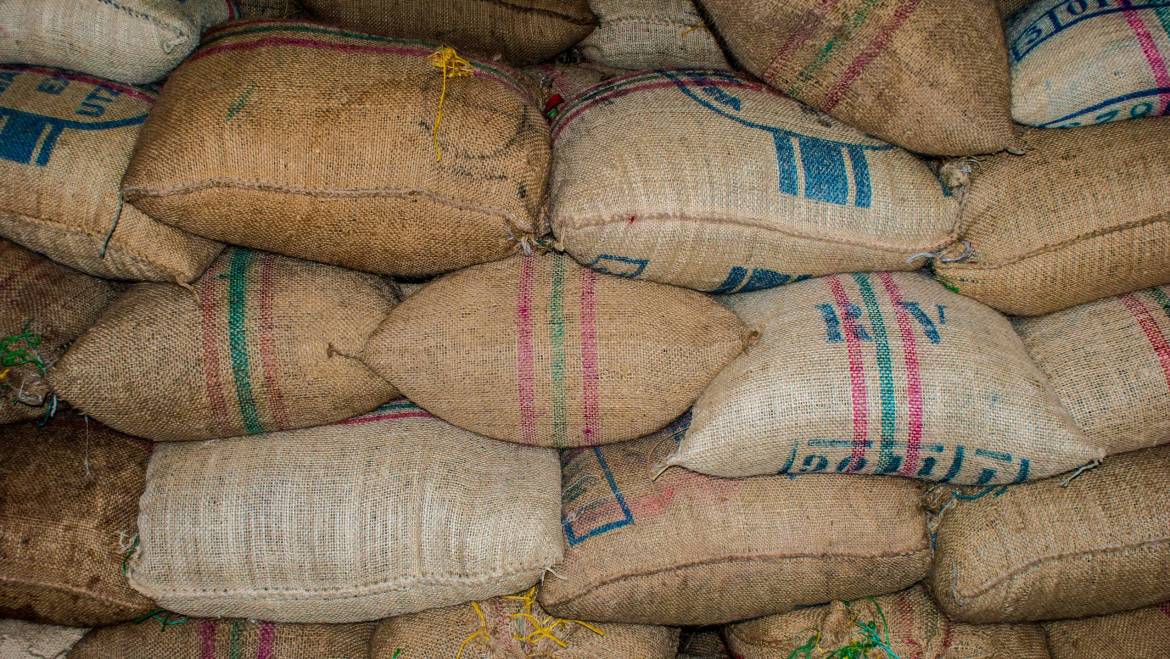The Origins of Coffee: A Brief History
Coffee has a rich history dating back centuries, with its origins tracing back to ancient Ethiopia. The stimulant properties of coffee were first discovered by a goatherd named Kaldi, who noticed his goats becoming more energetic after eating coffee berries. The spread of coffee cultivation and consumption around the world has led to a diverse array of unique and tantalizing brews.
The Allure of Single-Origin Coffees
The Ethiopian Yirgacheffe
Hailing from the birthplace of coffee, the Ethiopian Yirgacheffe is renowned for its floral and citrus notes. This light to medium roast coffee offers a delicate balance of sweetness and acidity, creating a bright and refreshing brew perfect for any time of day.
The Panamanian Geisha
The Geisha coffee variety from Panama boasts a distinct, complex flavor profile. With notes of jasmine, tropical fruit, and bergamot, this high-quality coffee has gained a reputation as one of the most sought-after and expensive in the world.
The Sumatran Mandheling
Originating from the Indonesian island of Sumatra, the Mandheling coffee is known for its earthy, full-bodied flavor. This bold, dark roast coffee features hints of chocolate and spices, perfect for those who enjoy a robust and intense cup.
Experimenting with Unique Processing Methods
The Kopi Luwak: Civet Coffee
One of the most unique and controversial coffee processing methods is the production of Kopi Luwak, or civet coffee. In this process, the Asian palm civet consumes ripe coffee cherries, and the beans are then collected from the animal's feces. The beans undergo a natural fermentation process in the civet's digestive system, resulting in a smooth, less acidic coffee.
The Black Ivory: Elephant Coffee
Similar to civet coffee, Black Ivory coffee relies on the digestive process of Thai elephants. The beans are consumed by the elephants, and the natural fermentation that occurs enhances the coffee's flavor. This rare and expensive coffee is known for its smooth, velvety texture and notes of chocolate, malt, and spice.
Exploring Coffee Blends and Infusions
The Mocha-Java Blend
A classic coffee blend that has stood the test of time, the Mocha-Java blend combines the fruity, wine-like flavors of Ethiopian Mocha with the earthy, full-bodied taste of Indonesian Java. This harmonious blend is perfect for those seeking a balanced and complex cup of coffee.
The Whiskey Barrel-Aged Coffee
For coffee enthusiasts who enjoy a little kick, whiskey barrel-aged coffee is a must-try. Green coffee beans are aged in used whiskey barrels, absorbing the flavors and aroma of the whiskey. When roasted, these beans produce a unique brew with subtle notes of whiskey, oak, and vanilla.
Embracing Traditional Brewing Techniques
The Turkish Coffee Experience
Turkish coffee is a traditional brewing method that has been passed down through generations. Finely ground coffee is combined with water and sugar in a cezve, a small copper pot. The mixture is brought to a boil, and the resulting frothy, thick coffee is served unfiltered, allowing the grounds to settle at the bottom of the cup.
The Japanese Siphon Coffee
The siphon coffee brewing method, also known as vacuum pot brewing, is a visually captivating and precise way of brewing coffee. The process involves heating water in a lower chamber, which forces it up into an upper chamber containing the coffee grounds. As the lower chamber cools, the brewed coffee is drawn back down through a filter. This method produces a clean, smooth, and aromatic cup of coffee, showcasing the subtle nuances of the coffee's flavor profile.
Discovering Coffee Cultures Around the Globe
Café de Olla: The Taste of Mexico
Café de Olla is a traditional Mexican coffee drink made by simmering coffee with a mixture of cinnamon, cloves, and piloncillo (unrefined cane sugar). This spiced and sweetened coffee is traditionally prepared in a clay pot, which imparts a unique earthy flavor to the brew. Enjoyed throughout Mexico, Café de Olla is a comforting and delicious way to experience the country's rich coffee culture.
Italian Espresso: The Art of Perfection
Espresso is an essential part of Italian culture, and the art of making the perfect espresso has been perfected over the years. This strong, concentrated coffee is made by forcing hot water through finely ground coffee beans at high pressure. The result is a thick, rich shot of coffee with a layer of velvety crema on top. Paired with a traditional Italian pastry, espresso offers an indulgent and satisfying coffee experience.
Australian Flat White: A Down Under Delight
The Flat White is an Australian coffee favorite that has gained popularity worldwide. This smooth, velvety drink is made by pouring steamed, micro-foamed milk over a double shot of espresso. The perfect balance of bold espresso and creamy milk makes the Flat White a beloved choice for coffee lovers seeking a rich and satisfying brew.
Exploring Coffee Pairings: A Culinary Adventure
Chocolate and Coffee: A Match Made in Heaven
Pairing coffee with chocolate is a classic combination that brings out the best in both. Dark chocolate, with its rich and intense flavor, complements the boldness of a strong, dark roast coffee. Meanwhile, a fruity, light roast coffee pairs beautifully with the sweetness of milk chocolate.
Cheese and Coffee: An Unexpected Delight
While cheese and coffee may not seem like an obvious pairing, the contrast of flavors can create a delightful and surprising experience. The creaminess of a soft, tangy goat cheese can elevate the fruity and acidic notes of a bright, light roast coffee. Alternatively, a nutty, aged Gouda pairs excellently with a bold, full-bodied dark roast.
The Future of Coffee: Sustainable and Innovative Practices
As the global demand for coffee continues to grow, the industry is adapting to meet the challenges of climate change and sustainable practices. Innovations in coffee cultivation, such as shade-grown and organic farming, are helping to promote biodiversity and reduce the environmental impact of coffee production. Additionally, efforts to support fair trade and direct trade practices are ensuring a brighter, more equitable future for coffee farmers around the world.
Related Source:
- National Coffee Association (NCA): https://www.ncausa.org/
- Specialty Coffee Association (SCA): https://sca.coffee/
- Coffee Review: https://www.coffeereview.com/
- Perfect Daily Grind: https://perfectdailygrind.com/
- Global Coffee Report: https://gcrmag.com/
- International Coffee Organization (ICO): http://www.ico.org/




Add Comment